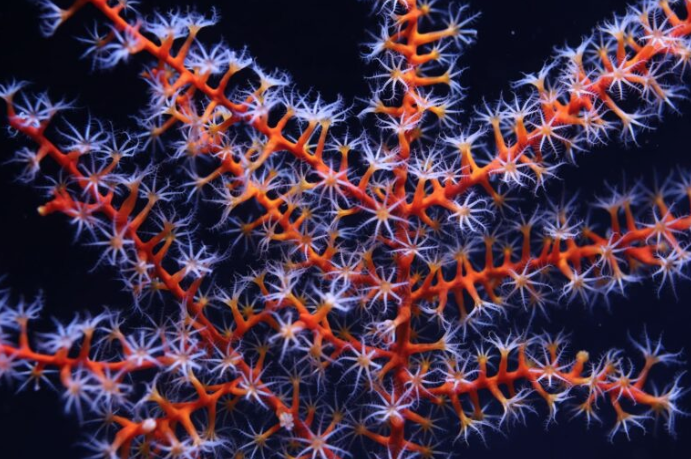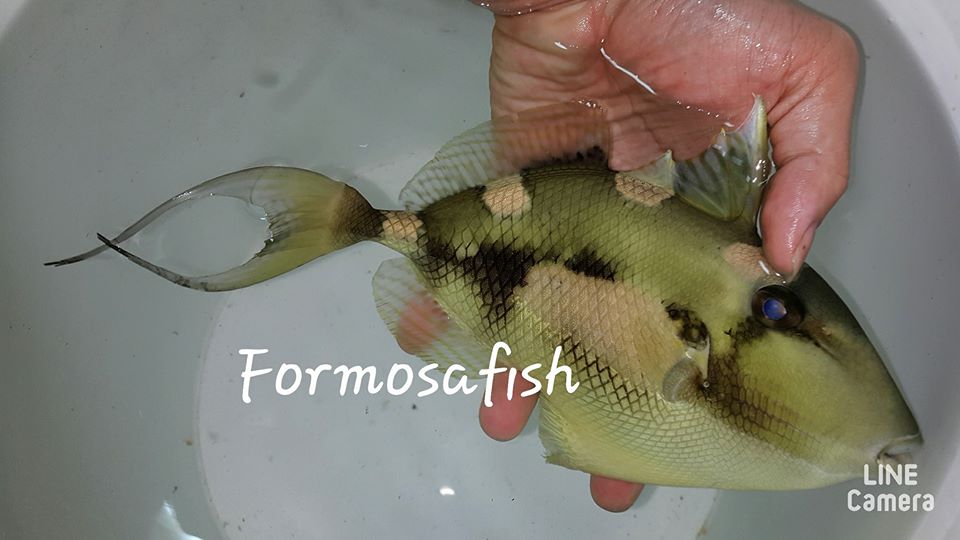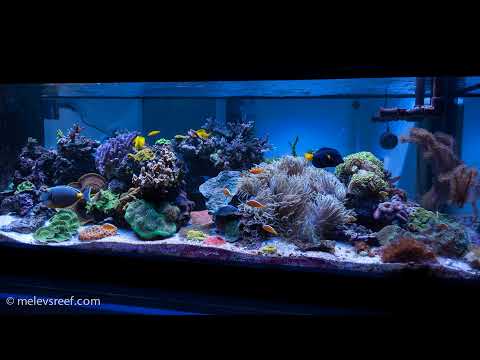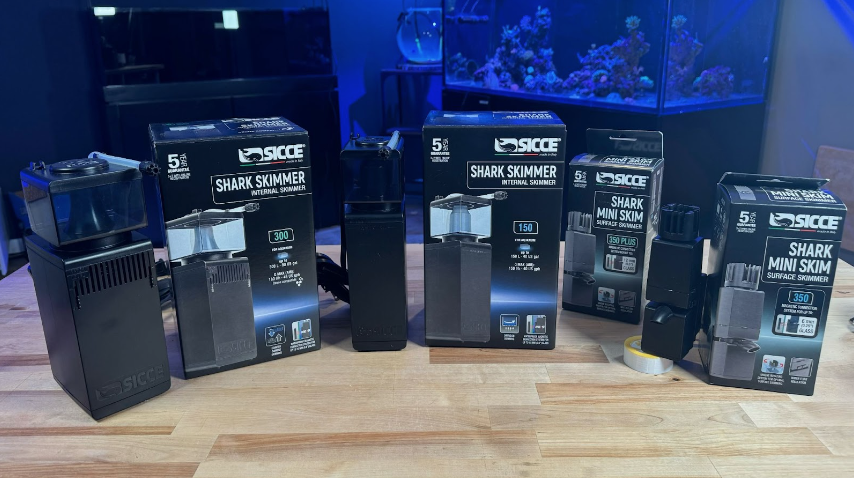The wonderful Swiftia exserta, also known as the Orange Tree Gorgonian, is a treat for all those reef hobbyists who enjoy oddball marine life. Their striking color and shape have them highly sought after in the non-photosynthetic side of the hobby. I have personally been after this octocoral since I first was intrigued with non-photosynthetic octocorals and was finally able to acquire some specimens recently.
This species resides in the Western Atlantic Ocean along the outer continental shelf. They range in depth between fifty to over a thousand feet deep. Since this species is a “deepwater” octocoral, they are rarely seen in the hobby. The specimens shown in the photographs here were collected along the Southern Florida coastline, deeper than most divers’ diving limits.
How to acquire this Illusive Octocoral
Seeking out one of these specimens can be very tricky. Hence, this was the reason I have been after a specimen for years. Fortunately, some specimens have been resurfacing around the United States; I have also seen some surface in Europe. As for hobbyists in the United States, I would recommend reaching out to your local fish stores or checking online vendors periodically to see if they are available for purchase.
How to keep Swiftia in the Home Aquarium
The Orange Tree Gorgonian, Swiftia exserta, is a beautiful Non-Photosynthetic octocoral. If you’re thinking of keeping a specimen in a reef aquarium, you must be sure you are prepared to provide a sustainable environment. Although they require food and do not need light to survive, this species has large polyps; therefore, it will be much easier to feed with regularly available coral foods.
I would highly recommend feeding rotifers, copepods, and other zooplankton. My specimens are fed three times daily with a mixture of foods including Reef Nutritions TDO-A, Roti-Feast, R.O.E, and Oyster Feast. I am sure many other foods would be accepted, but that is what I personally use to feed my specimens.
These corals are collected from moderate upwelling currents. You will want to keep this in mind when placing them in your aquarium. The optimal place will have both low light and moderate flow to help ensure your specimen will have the best chance of surviving in your aquarium.
I recommend broadcast feeding. This gives the specimen a chance to naturally feed through the flow as it would in the wild. It also allows some of the foods to stay suspended in the water column for an extended period of time. Target feeding can work as well, but I would just recommend keeping your flow rolling as you target feed your specimen. Doing so allows the food to get dispersed into the water column to allow the coral to continually feed on the food provided.
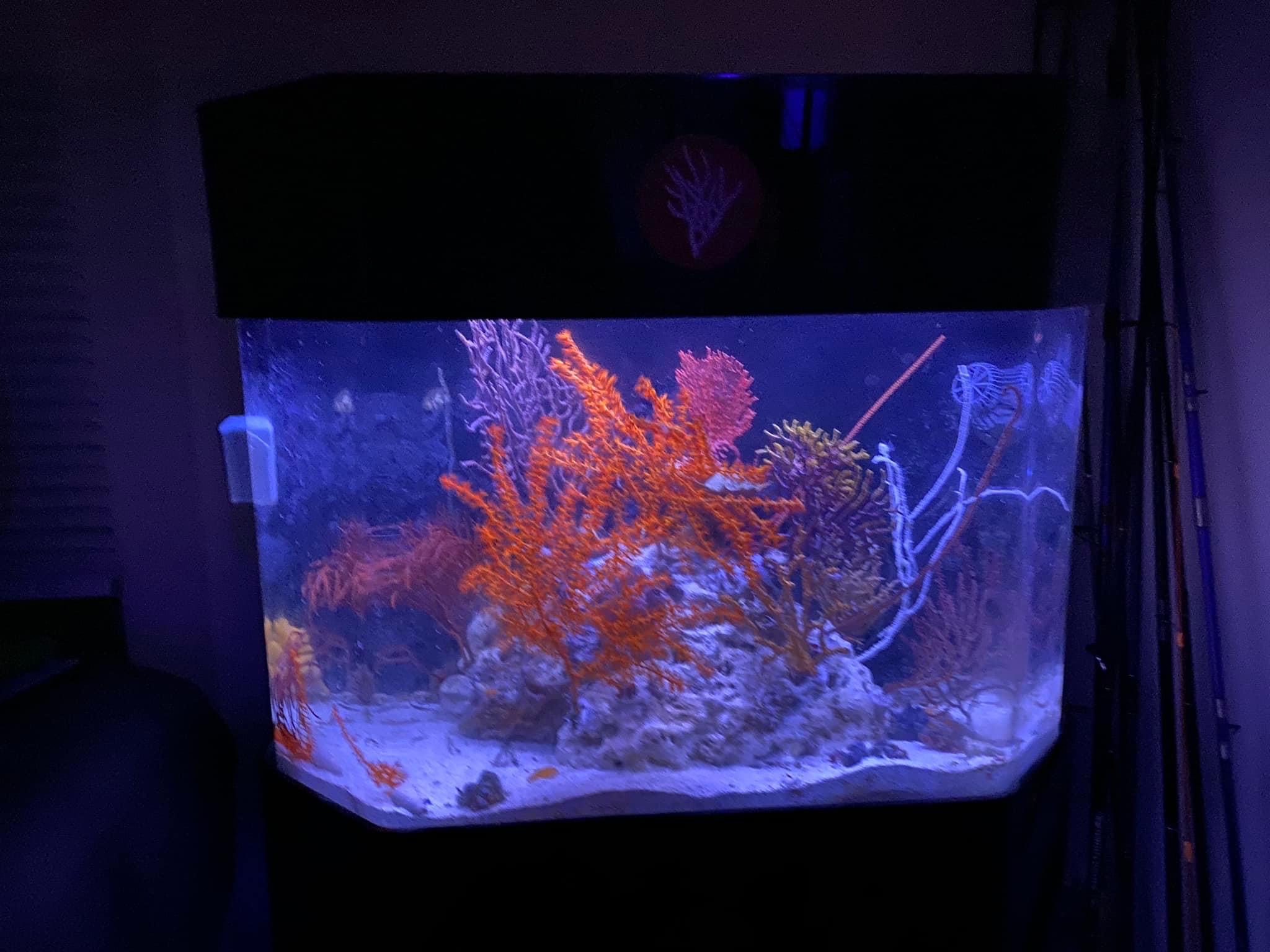
What makes this Octo Coral so special?
This gorgonian is a very special octocoral to have in a home aquarium. Its striking orange color will definitely catch many eyes as it is hard to miss. Furthermore, they are not commonly brought into the hobby due to the extreme limits a diver has to go through to collect these special specimens. Divers have to deal with very strong currents and dive quite deep to acquire these species for the industry.
I also personally think that being a very vibrant octocoral coming out of Florida and the Caribbean of all places makes it a special one, causing it to be heavily sought after. This is definitely a specimen that also shows that the Caribbean can pack a punch when we are talking striking colors in corals.
Some specimens are found with purplish polyps while others come with orange polyps. On rare occasions, specimens may have pure white polyps which could be a totally separate species of Swiftia. I find it very interesting that some of the corals that spend their time in the depths of the ocean have the most striking colors.
These gorgonians making an appearance in the hobby again are a wonderful sight. I personally have not seen a specimen in over two years. The main reason for their rare appearances is simply because they are from deep waters, and it takes a special diver that is well-trained to make the dives to collect these specimens at such depths as they are rarely seen above a hundred feet.
I have had my three specimens for over six months now and have noticed some slight growth in two of the specimens. I hope we see more of these wonderful octocorals reappear throughout this hobby so others can enjoy their vibrant colors and add extra interest to their reef tanks!
